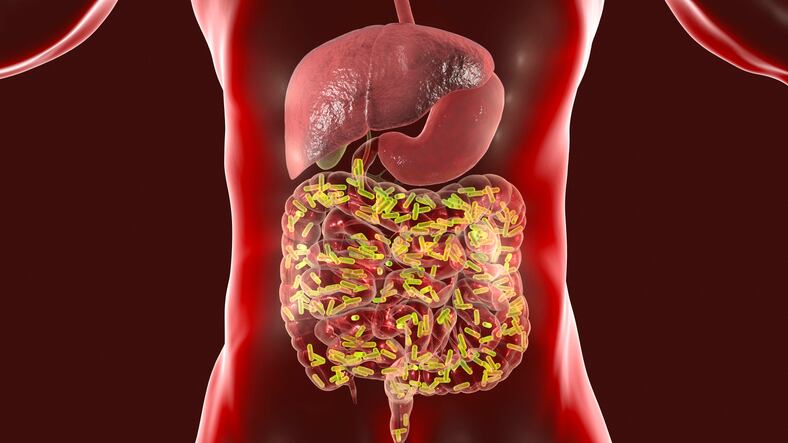In a study conducted by researchers in India and UK, rural village dwellers had significantly more butyrate producing genera such as Marvinbryantia and Turicibacter, which help prevents inflammation.
In contrast, people living in urban slums had a high Firmicutes/Bacteroidetes ratio (higher Firmicutes levels, lower Bacteroidetes) which have been studied previously to be associated with risk of diseases.
This current study is the first in India investigating the role of residential location on the composition of the gut microbiome.
The study also wanted to analyse the role of nutritional status on gut microbiome in both undernourished and nourished adults.
Findings were published in Frontiers in Nutrition.
Study design
Researchers compared the gut microbiome in faecal samples of 48 individuals, from two demographic settings (rural and urban slum) in Karnataka, India using 16S rRNA sequencing.
DJ Halli is an urban slum in Bangalore, where about 75% of the population reportedly fall below the poverty line. This limits the access to fresh, wholesome produce and their diet typically comprise processed foods which are cheaper and more affordable.
Thindlu is a rural village located 36 km away from Bangalore city. In contrast to the urban slum, people in the rural village own pieces of land mainly for agrarian and animal husbandry purposes. This meant they typically had assess to fresh, farm-grown staples, and have a better diet overall.
Participants were recruited if they have lived in the respective locations for a minimum of one year.
The rural village comprised 12 undernourished and 13 nourished adults, while the urban slum consisted 11 undernourished and 12 nourished adults.
A BMI of <18.5 kg/m2 is classified as undernourished, and 18.5–25 kg/m2 is considered nourished.
Participants were provided with a stool collection kit, and dietary details were collected using a 24-hour recall questionnaire.
Findings
The study found that microbiome diversity among the nourished and undernourished people within the respective locations was not significantly different, despite a significant difference in caloric and macronutrient (carbohydrate, protein) intake.
Researchers said: “This may be because, in adults, the core microbiome becomes stable over time, which tends to change with the effect of environment and other factors.”
However, there were significant differences in microbiome diversity among the two regions.
In rural areas, taxa significantly associated were Erysipelotrichaceae UCG-003, Turicibacter, and Marvinbryantia, which may indicate a fibre rich diet.
In the urban slum region, the taxa that were significantly associated belong to the genus Megasphaera, Prevotella, and Prevotellaceae family, and may indicate associations with the risk of diseases as reported previously.
This could be due to the differences in food availability, environment, and social practices between the urban slum and rural settings. For example, the urban slum comprise predominantly of overcrowded and ill-ventilated houses with poor sanitation practices and lower socioeconomic status compared to the rural settings.
So, people living in the urban slum generally have a diet comprising mainly processed foods while the rural population has a higher socioeconomic status with a healthier living environment and a diet comprising fresh traditional staple foods.
Future steps
The researchers concluded that the study suggests that the composition of gut microbiome is driven more by the demographic settings of residence than nutritional status in adults.
However, they acknowledged several limitations in this study.
“The small sample size reduces the power to show significant associations and therefore needs to be replicated on larger sample size,
“Dietary data was limited to a single administration of a 24-h food recall diary rather than a standardised Food Frequency Questionnaire (FFQ) restricting analysis of dietary patterns and duration of nutritional status between urban slum and rural populations.
“Further studies will be required to understand the interplay between the nutritional status and residual location, socioeconomic factors, and gut microbiome for improved health in adults,” they added.
Source: Frontiers in Nutrition
https://doi.org/10.3389/fnut.2021.595756
“Gut Microbial Profile Is Associated With Residential Settings and Not Nutritional Status in Adults in Karnataka, India”
Authors: Ojasvi Mehta, et al.




